Categories
Recent Posts
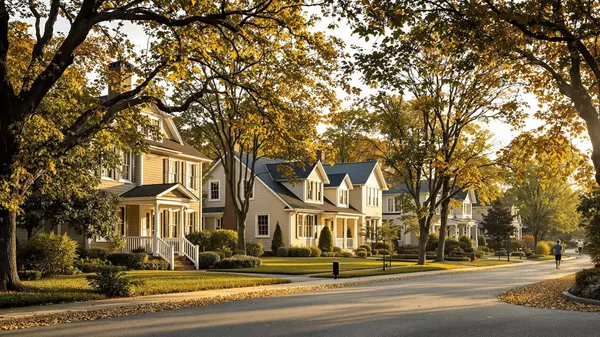
The 13 Villages of Newton, MA: What Makes Each One Unique
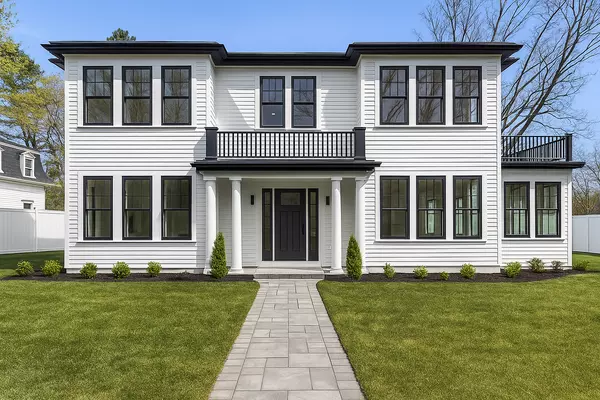
What to Know Before You Move to Newton, MA (2025 Guide)
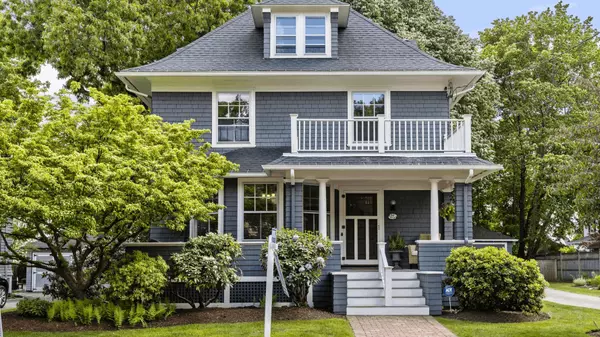
Comparing Newton’s Village Home Styles: History, Zoning & Design
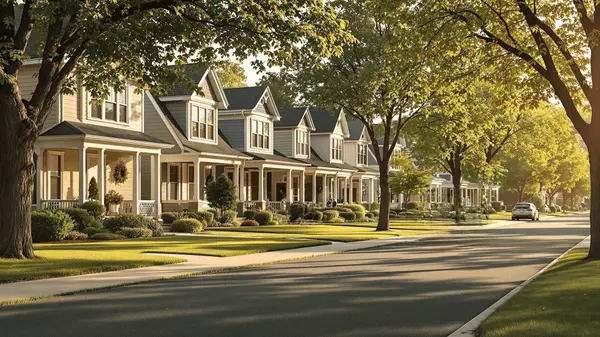
Which Newton MA Village Is Right for You? | Home Styles & Neighborhood Guide
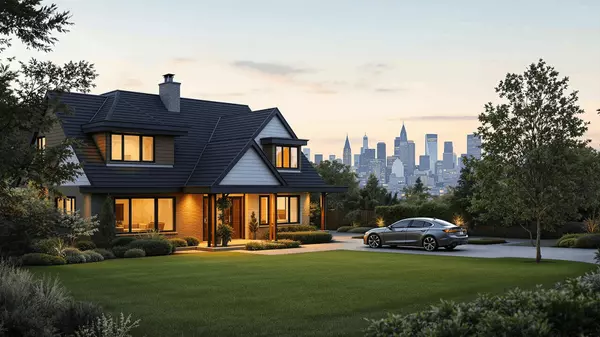
Newton vs Boston Cost of Living: Which City Fits Your Budget in 2025?
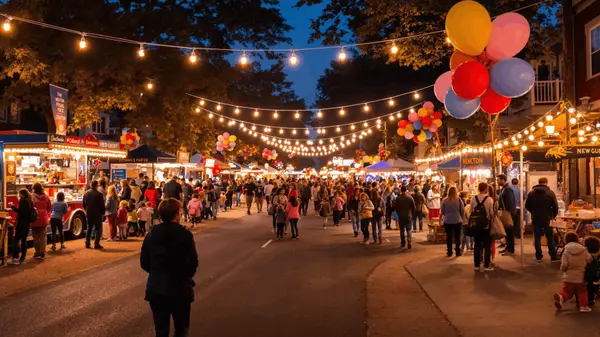
Top Family-Friendly Things to Do in Newton, MA: Parks, Museums & More
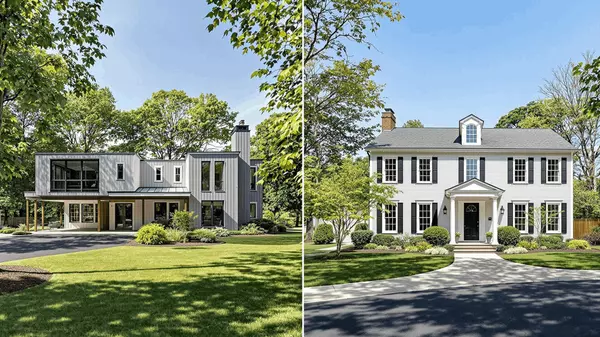
New Construction or Historic Home in Newton, MA? Let’s Compare.

Top 50+ Date Ideas in Newton, MA (2025 Guide for Couples)

Best Parks and Playgrounds in Newton, MA for Families and Outdoor Fun


